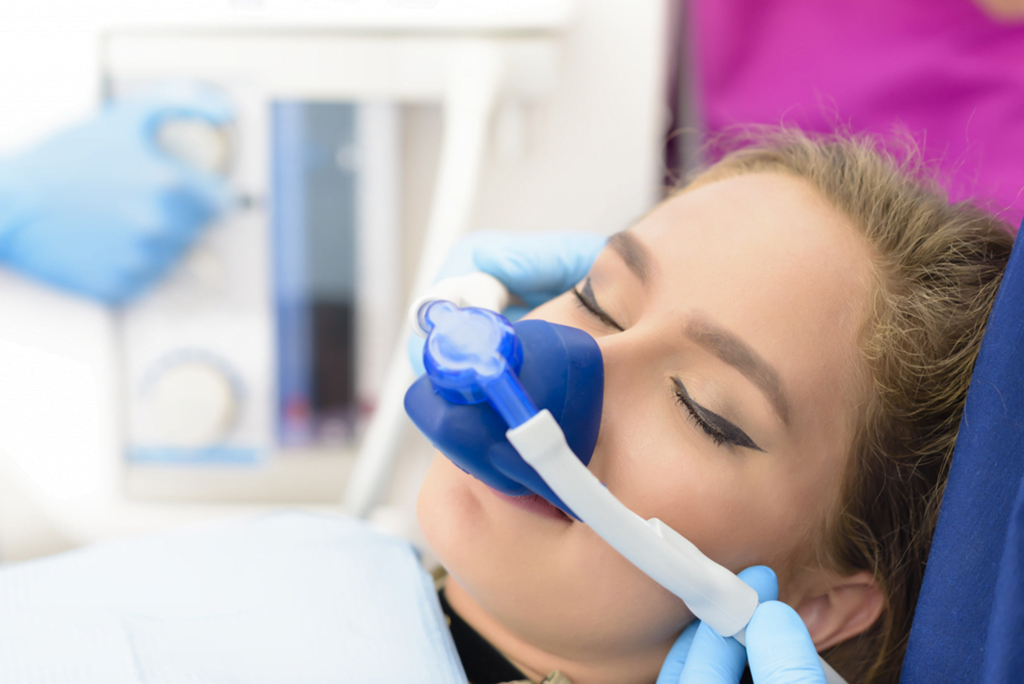Going to the dentist is something that elicits a lot of negative feelings for some people. Just the thought of having to go to a dental office in St. Albert for a regular checkup is enough to trigger an anxiety response for some patients. Many of them avoid going to their appointments because they can’t stand spending even just a few minutes in the chair. If you are one of these people, this article will help you learn some ways to get past the fear and commit to regular appointments.
What is sedation dentistry?
Sedation dentistry is a field of dentistry that is known for its different techniques that achieve relaxation and sedation during dental procedures. It is very helpful for people that suffer from anxiety or have a history of phobias associated with the dentist. These tricks make patients more relaxed, which in turn, makes the dentist’s job easier.
Not everyone can be sedated
If you go to a dentist in St. Albert, you will find out that only people with no prior medical history should be sedated. Thus, people with high blood pressure, cardiac disease, and diabetes can only be sedated after receiving clearance from their physician.
Types of Sedation
Depending on the patient’s needs, there are different types of sedation that range from simple anxiety-reducing gas to deep sedation. If you are interested in sedation dentistry in St. Albert, you should research which options they have available and pick the one that seems to cater more to your needs. Nonetheless, your dentist will provide the most suitable recommendation.
Laughing gas
This gas is very common in media. This is the mildest of all sedations. The inhaled gas is called nitrous oxide and it has an anxiolytic effect that is perfect for people who are slightly scared of the dentist but their fear is not irrational. The overall effect nitrous oxide has on our brains is generating a feeling of well-being and decreasing your anxiety. It is administered before the procedure and depending on the length of the procedure, there may be a need for a bit more during the appointment.
Moderate sedation
This level of sedation causes you to have a decreased state of consciousness but you can still respond to verbal and mechanical stimuli. It is mostly administered through an IV and has a very quick therapeutic response, which makes it perfect for short dental procedures.
Deep sedation
This type of sedation is stronger than the previous one, but not as strong as general anesthesia. Patients who use this type of sedation are “on the edge of consciousness” but can still be awakened.
General anesthesia
In this type of sedation, IV drugs are administered and the patient’s state of consciousness immediately decreases to the point that they need mechanic ventilation to keep breathing. It is not very common to use this type of anesthesia in regular dentist procedures. This type of sedation is much more common in long surgeries that require the patient to be asleep.
How can I find a dentist offering sedation?
Not all dentists are specialized in sedation dentistry. Thus, if you are looking for one, you should consider a few things, such as their education, experience, and if possible, other patient’s reviews.
Should I try sedation dentistry? If you feel scared and overwhelmed every time you make trips to the dentist, then it would be a good idea to ask your dentist for some sort of sedation. This way, you will be able to follow through with all your appointments peacefully and without dreading them. Sedation dentistry can make treatment processes efficient for both the patient and the dentist.


